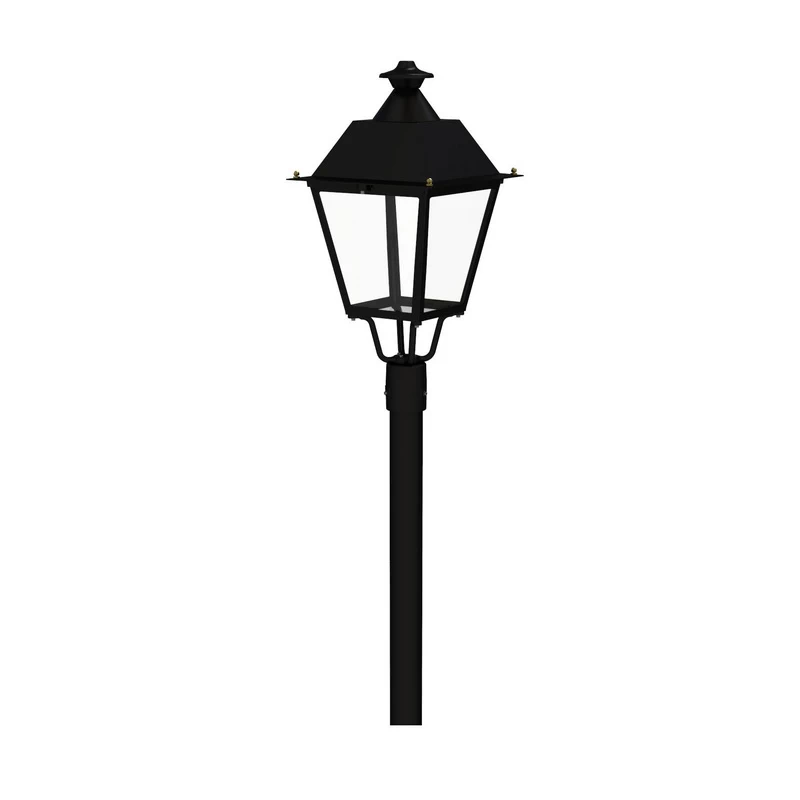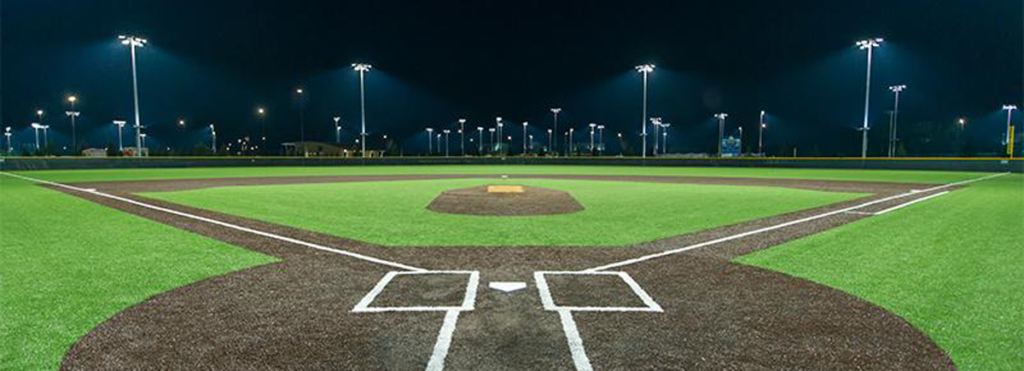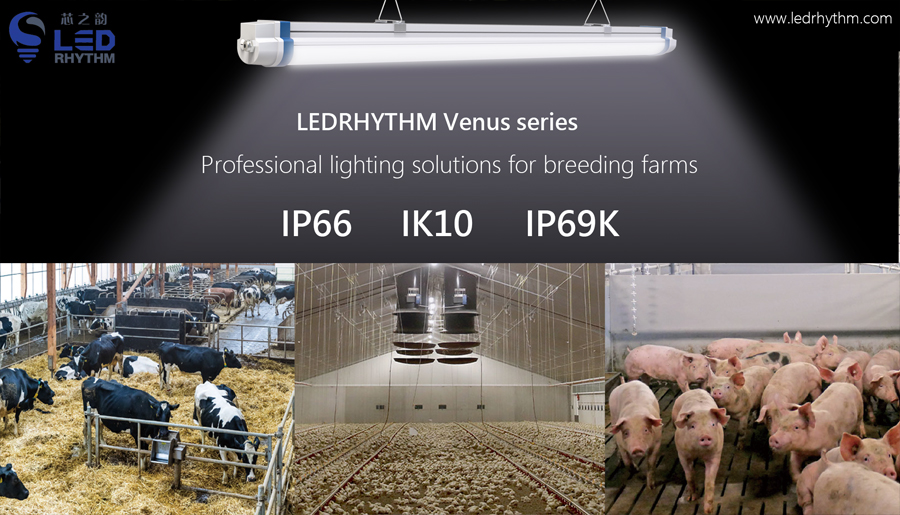Índice
ToggleIntroducción: El color de la luz LED y su importancia
El mundo de la iluminación puede resultar abrumador con todos los tipos de luz led disponibles. Tanto si desea iluminar su hogar, oficina, fábrica o recinto deportivo, elegir el color de luz adecuado es importante. Ayuda a crear la atmósfera adecuada.
La luz diurna y la blanca brillante tienen diferentes usos y configuraciones. Las bombillas de color blanco suave y blanco cálido pueden cambiar el ambiente de una habitación. Esta guía te ayudará a orientarte entre estas opciones.
Para más información sobre cómo afecta la iluminación a los entornos, consulte nuestro artículo sobre la luz visible.
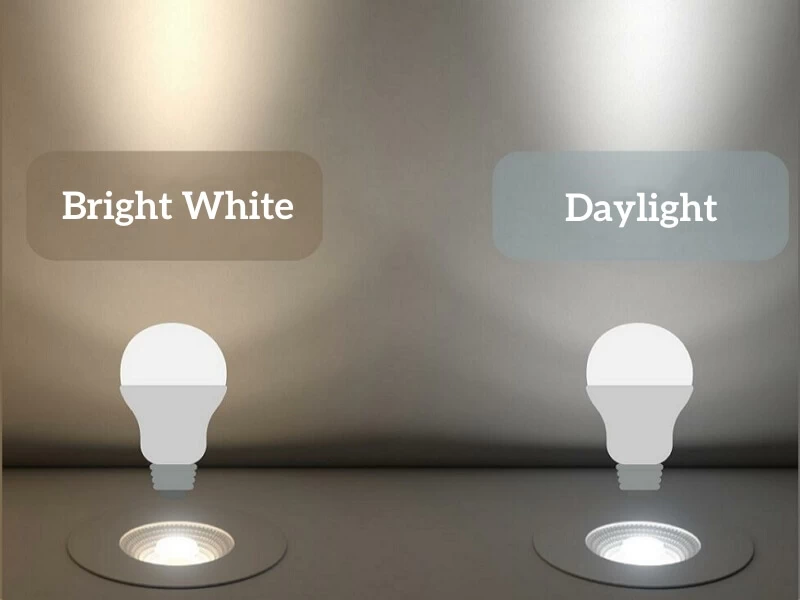
Lo que hay que saber sobre vatios y kelvin
Antes de sumergirse en los diferentes tipos de luz led, es esencial entender los vatios y Kelvins:
¿Qué son los vatios?
Los vatios se refieren a la energía que consume una bombilla. Cuanto mayor sea el número de vatios, más luminosa será la lámpara y mayor será su consumo de energía.Las bombillas incandescentes tradicionales consumían muchos vatios.
En cambio, las bombillas LED modernas consumen menos energía. Aun así, proporcionan un alto rendimiento lumínico. A la hora de elegir la bombilla adecuada, es fundamental tener en cuenta los vatios para garantizar la eficiencia energética.
¿Qué son los Kelvin?
Los Kelvins miden la temperatura de color de la luz emitida por las luces LED. Los Kelvins más altos producen una luz más fría y azulada, como las bombillas Daylight. Los Kelvins más bajos crean una luz más cálida y suave, como las bombillas Soft White.
Tipos de bombillas: Un desglose
Antes de sumergirse en los diferentes tipos de luz led, es esencial entender los vatios y Kelvins. Por ejemplo, luz diurna, blanco brillante, blanco suave, blanco frío y blanco cálido.
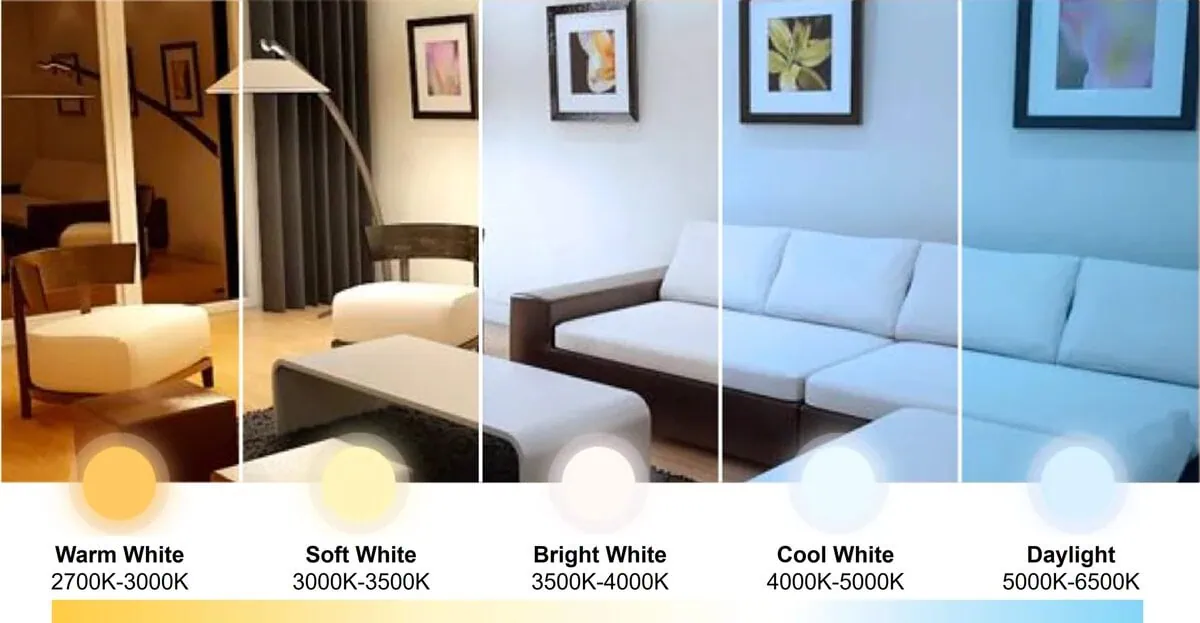
1. Blanco brillante frente a bombillas de luz diurna
Tanto las bombillas blancas brillantes como las de luz diurna se eligen a menudo por su aspecto blanco y nítido, pero sirven para fines distintos. Las bombillas blancas brillantes son ideales para tareas que requieren claridad, como en cocinas u oficinas. Las bombillas de luz diurna se fabrican para que parezcan luz solar natural. Son ideales para lugares donde se necesita luz brillante, como talleres o garajes.
Para aplicaciones comerciales, las bombillas de luz diurna se suelen utilizar en lugares como salas de exposiciones, hospitales o grandes oficinas. Si desea obtener más información sobre cómo elegir las mejores bombillas de luz diurna, visite nuestra página de productos.
Diferencia de núcleo: Temperatura de color
- Luz diurna: La temperatura de color suele oscilar entre 5000K y 6500K. Esta temperatura de color simula la luz solar natural del mediodía.
- Blanco brillante: La temperatura de color suele oscilar entre 3500K y 4100K. Está entre el blanco cálido y la luz diurna.
Diferencias visuales:
- Luz diurna: Proporciona una reproducción del color muy precisa, con un blanco claro, frío y ligeramente azulado. Crea una atmósfera de claridad, alerta, concentración, modernidad, limpieza y tecnología. La luz es nítida, con un contraste de sombras relativamente fuerte.
- Blanco brillante: Proporciona una reproducción del color excelente y natural, con un blanco puro, neutro y brillante. Crea un ambiente refrescante, luminoso, eficiente, equilibrado y neutro. Es más "espirituosa" que la luz blanca cálida y más "amable" y "natural" que la luz diurna. Las sombras son nítidas pero no deslumbrantes.
| Color claro | Características visuales | Aplicaciones típicas |
|---|---|---|
| Luz diurna | Luz blanca fría, nítida y clara, similar a la luz solar del mediodía. | Residencial: Mostradores de cocina, mesas de trabajo, zonas de maquillaje Industrial: Talleres, laboratorios, tareas de precisión, almacenes Comercial: Expositores electrónicos, clínicas, zonas de productos frescos Deportes: Pistas de gimnasia, vestuarios, zonas de alta visibilidad |
| Blanco brillante | Blanco neutro, limpio y nítido, naturalmente brillante | Residencial: Baños, pasillos, iluminación general Industrial: Oficinas, salas de reuniones, pasillos Comercial: Comercios, salas de exposición, restaurantes, clínicas Deportes: Zonas de fitness, pistas para caminar, gimnasios |
2. Blanco suave frente a blanco cálido
Las bombillas Soft White emiten una luz cálida de tono amarillo, por lo que son ideales para salones y dormitorios que desean un ambiente acogedor. Las bombillas blancas cálidas proporcionan una calidez acogedora. Son ideales para crear un ambiente relajado en comedores o salones.
Diferencia de núcleo: Temperatura de color
- Blanco suave: 2700K - 3000K, emulando la calidez de las bombillas incandescentes tradicionales.
- Blanco cálido: 3000K - 3500K, emulando la calidez de las lámparas halógenas / amanecer y atardecer.
Diferencias visuales:
- Blanco suave: Un marcado tono anaranjado/ámbar, que crea una luz más "amarilla". Más rica y relajada, crea una fuerte sensación de descanso e intimidad.
- Blanco cálido: Un tono blanco amarillento más suave, ligeramente más blanco que el Blanco Suave. Cálido, confortable, agradable, natural y ligeramente enérgico.
| Color claro | Características visuales | Aplicaciones típicas |
|---|---|---|
| Blanco suave | Un tinte amarillo cálido, con una posible ligera disminuciónResidencial: Iluminación del dormitorio principal, iluminación ambiental del salón a altas horas de la noche e iluminación de cenas a la luz de las velas en restaurantes. Comercial: Restaurantes, bares, cafeterías, habitaciones y pasillos occidentales | |
| Blanco cálido | Los colores de los objetos aparecen más naturales y cálidos, con detalles ligeramente más nítidos que en Blanco suave y, en general, una reproducción del color ligeramente mejor. | Residencial: Iluminación principal del salón, iluminación principal del comedor, iluminación del porche Comercial: Restaurantes, cafeterías, panaderías, salones de vestíbulo, despensas |

3. Blanco frío frente a blanco brillante
El blanco frío y el blanco brillante son dos tipos de luz entre neutra y blanca fría que se confunden fácilmente. He aquí sus principales diferencias, distinciones visuales y cómo elegir:
Diferencia de núcleo: Temperatura de color
- Blanco frío: 4000K - 5000K, representa la eficiencia, la calma, la modernidad, la tecnología y la limpieza.
- Blanco Brillante: 3500K - 4100K, representa luminosidad, frescura, eficacia, equilibrio y naturalidad.
Diferencias visuales:
- Blanco frío: El blanco frío tiene una tonalidad azulada que puede dar a los objetos un tinte ligeramente frío. Crea una atmósfera más racional y seria.
- Blanco brillante: Un blanco puro y neutro sin tonos cálidos o fríos diferenciados, que permite que los objetos aparezcan en su estado de equilibrio más natural.
Consideraciones clave:
- ¿Busca tranquilidad, eficacia, tecnología avanzada y ultra alta definición? Elija el blanco frío (4000K-5000K).
Por ejemplo: quirófanos, laboratorios y fábricas de electrónica. - ¿Busca un aspecto brillante, profesional, neutro y natural? Elija Blanco Brillante (3500K-4100K).
Por ejemplo: oficinas, aulas, tiendas y la mayoría de las zonas comerciales en general. - Consejo sencillo:
Cool White = frescura, tecnología y seriedad
Blanco brillante = neutralidad, versatilidad y naturalidad

4. Diferencia entre luz diurna y blanco suave
La luz diurna y el blanco suave son los dos extremos de la temperatura de color, y su experiencia visual y los escenarios aplicables son muy diferentes.
- Blanco suave: Con una temperatura de color de 2700K-3000K, esta luz es de color amarillo cálido. Crea un ambiente cálido, relajante y perezoso con una sensación ligeramente brumosa. Es adecuada para zonas de descanso y relajación.
- Luz diurna: Con una temperatura de color de 5000K-6500K, esta luz es blanca fría, similar a la del mediodía. Crea una sensación refrescante, vigorizante e incluso ligeramente fría. Es adecuada para zonas de trabajo de alta concentración.
| Tipo | Temperatura de color (K) | Apariencia ligera | Uso típico |
|---|---|---|---|
| Luz diurna | 5000K - 6500K | Blanco fresco y nítido con un tono azulado | Oficinas, talleres, lectura, iluminación de trabajo |
| Blanco suave | 2700K - 3000K | Luz cálida y acogedora con tono amarillento | Salones, dormitorios, iluminación ambiental |
Factores clave para elegir la mejor bombilla
Hay varios factores a tener en cuenta a la hora de elegir la bombilla que mejor se adapte a sus necesidades:
- ¿Es más brillante el blanco brillante o la luz diurna?
La principal diferencia entre las bombillas Bright White y Daylight es la luminosidad. Las bombillas Daylight suelen tener valores Kelvin más altos y emiten una luz más brillante, perfecta para trabajos detallados. - Diferencia entre blanco suave y blanco cálido
Ambos tipos de bombillas crean un ambiente cálido. Las bombillas blancas suaves son más suaves y perfectas para ambientes íntimos. Las bombillas blancas cálidas proporcionan una luz más brillante, por lo que son perfectas para espacios comerciales más grandes.
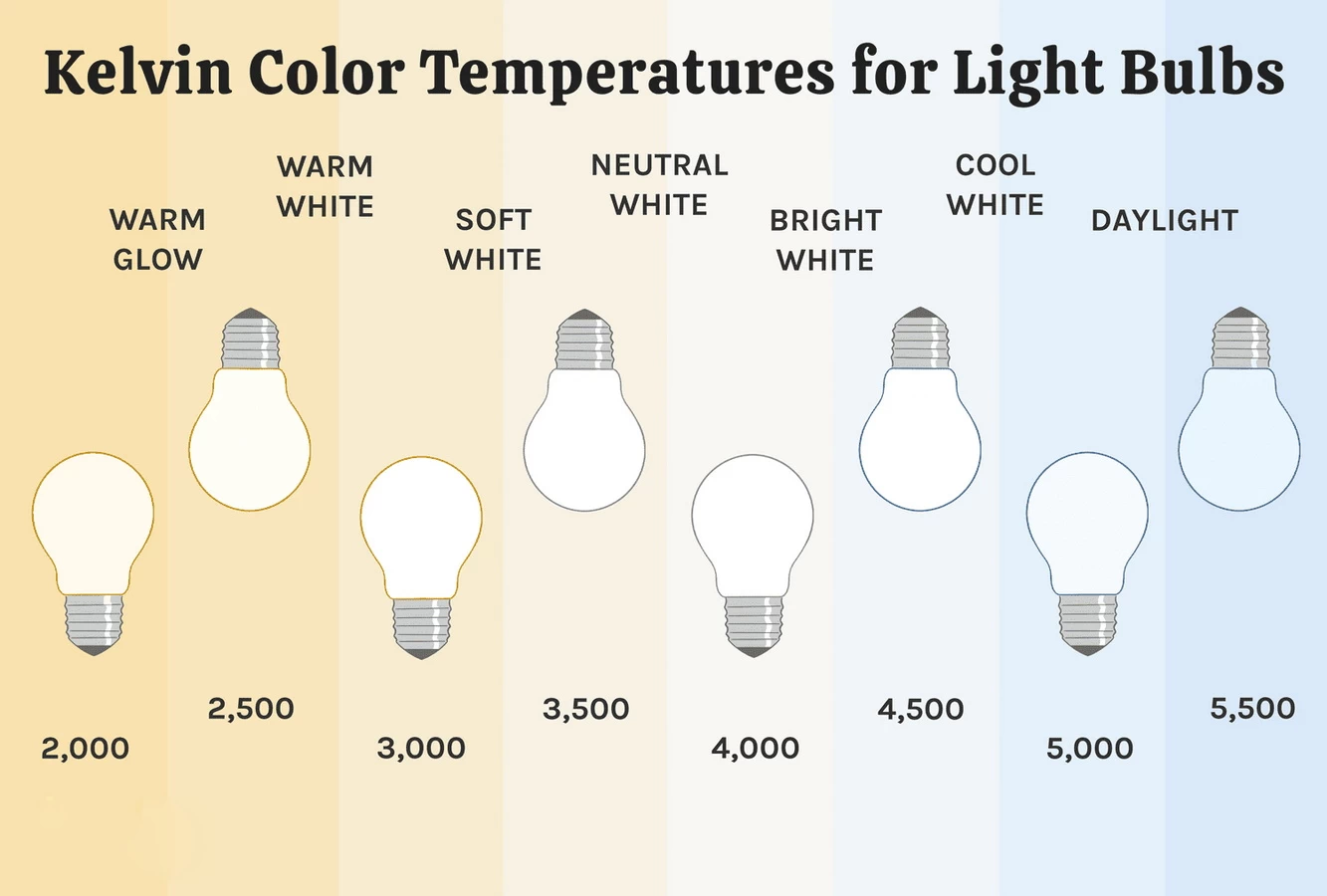
Industria, deportes y aplicaciones comerciales
La iluminación desempeña un papel vital en diferentes sectores:
- Aplicaciones industriales
En los entornos industriales, la iluminación debe ser brillante y fiable. Las bombillas de luz diurna son las preferidas en almacenes, fábricas y líneas de producción. Las bombillas de luz blanca brillante se suelen utilizar en zonas que requieren precisión y enfoque. - Aplicaciones deportivas
En los recintos deportivos, la iluminación debe garantizar una visibilidad clara sin provocar fatiga visual. Los LED blanco brillante y luz diurna se utilizan normalmente en estadios, arenas y canchas debido a su alta eficacia luminosa. - Aplicaciones comerciales
En espacios comerciales como oficinas, tiendas y salas de exposición, la iluminación crea la primera impresión. La luz diurna aporta claridad, mientras que las bombillas de color blanco suave y blanco cálido crean un ambiente más acogedor.
Para más información sobre cómo elegir la iluminación de su espacio comercial, explore nuestra página de productos.
Conclusión: La elección correcta para sus necesidades de iluminación
Elegir la iluminación correcta implica conocer los Kelvins y vatios de las bombillas, así como considerar su aplicación. Elegir la bombilla adecuada es importante para tu espacio.
Para un entorno con mucha energía, opte por la luz diurna o el blanco brillante. Para ambientes acogedores, lo mejor es Blanco suave o Blanco cálido. La bombilla adecuada puede mejorar mucho el confort y la funcionalidad.
Si está listo para hacer un cambio en su iluminación, no dude en ContactoNuestro equipo de profesionales le ofrecerá soluciones de iluminación personalizadas.
La gente también pregunta
¿De qué color es la luz blanca suave en la iluminación LED?
La luz blanca suave de la iluminación LED es la típica luz amarilla cálida de bajo color, con un marcado tono ámbar o amarillento, similar a la luz cálida de las luces incandescentes tradicionales, la luz de las velas o la puesta de sol. Aporta una sensación cálida, perezosa y relajante.
El blanco frío y el blanco brillante parecen bastante similares, ¿puedo elegir cualquiera de los dos?
Aunque el blanco frío y el blanco brillante son visualmente muy similares, crean ambientes ligeramente diferentes. El blanco frío suele tener un tinte azulado, por lo que es ideal para la iluminación de tareas o espacios de trabajo. El blanco brillante tiende a tener un tinte ligeramente más cálido o frío. Si no busca un ambiente o efecto específico, puede elegir cualquiera de los dos: las diferencias suelen ser sutiles.
¿Es el blanco brillante la luz LED más utilizada? ¿En qué escenarios es más común?
Sí, el blanco brillante es una de las temperaturas de color LED más utilizadas. Sus cualidades brillantes, neutras y naturales lo convierten en una opción popular para muchos hogares y espacios comerciales e industriales.
Por ejemplo, en cocinas, baños, salas de estudio, calles, tiendas, almacenes, pasillos de fábricas, etc.
¿Cuál es la diferencia entre el blanco verdadero y la luz diurna en la iluminación LED?
Blanco verdadero: temperatura de color de 4000K - 4500K, blanco neutro puro, brillante, profesional y natural sin reflejos. Ideal para escenas que requieren un color verdadero y una iluminación confortable.
Luz diurna: temperatura de color 5000K - 6500K, blanco frío con un tinte azulado. Ideal para áreas profesionales que requieren gran precisión y enfoque.


